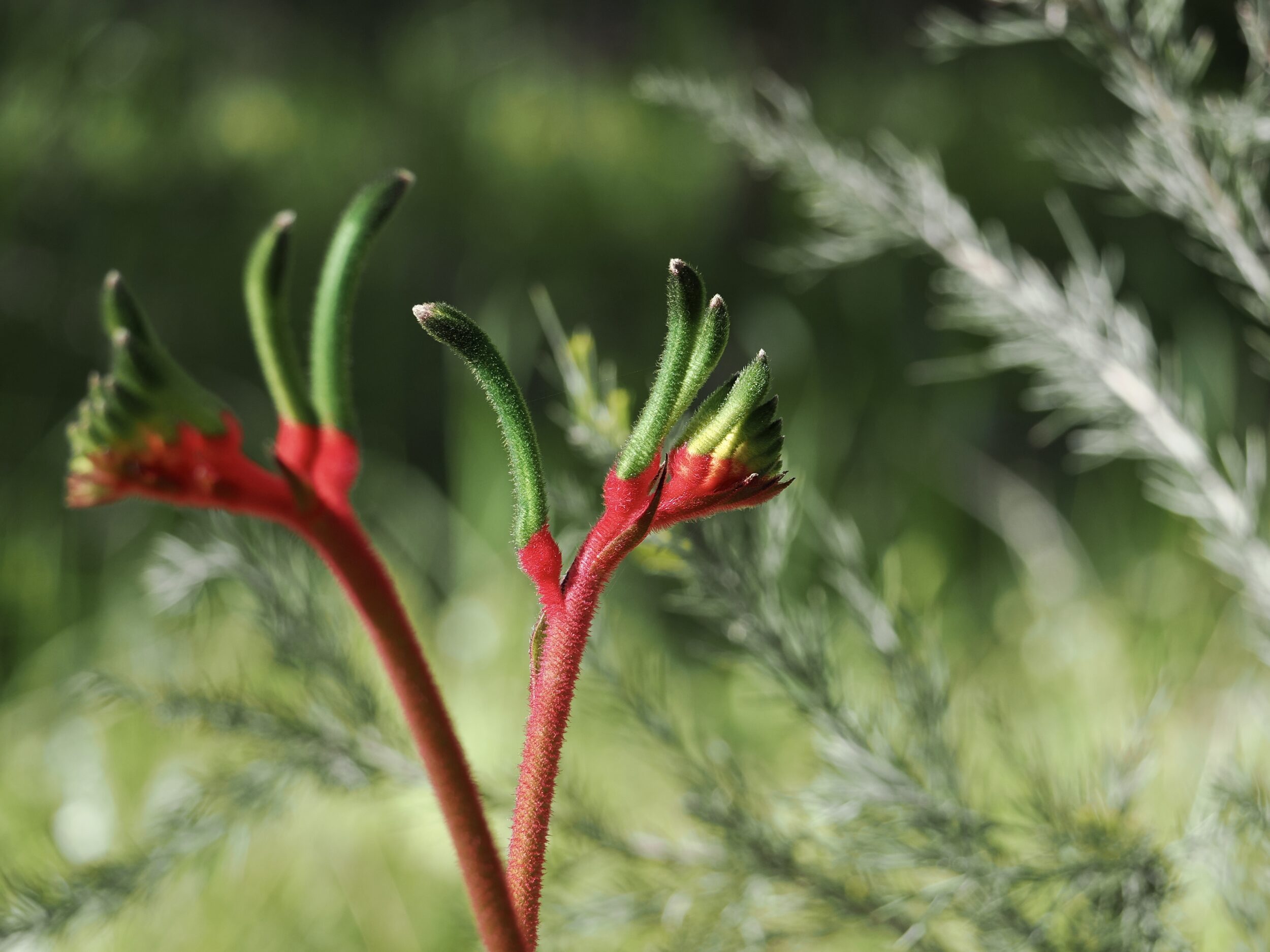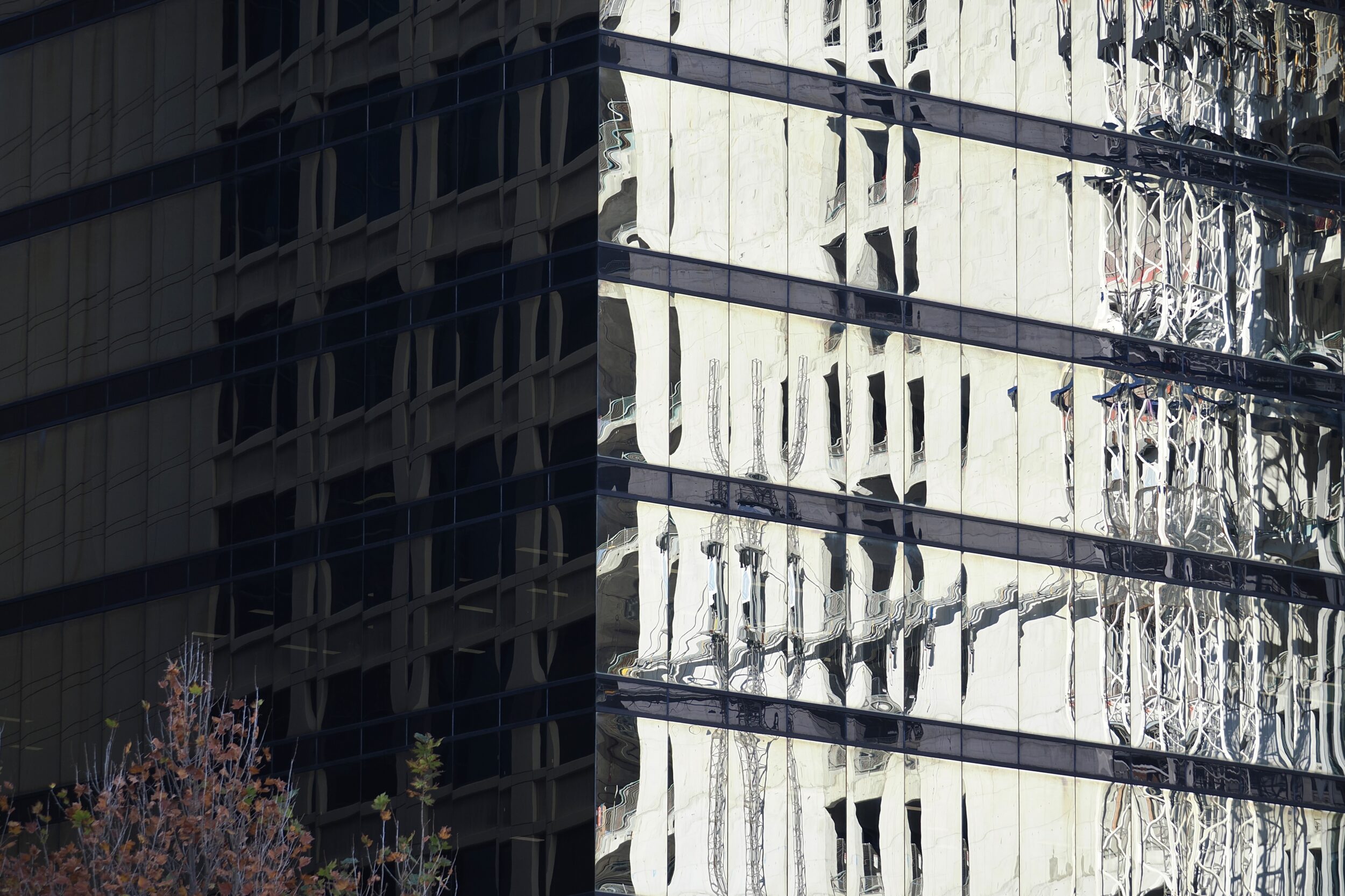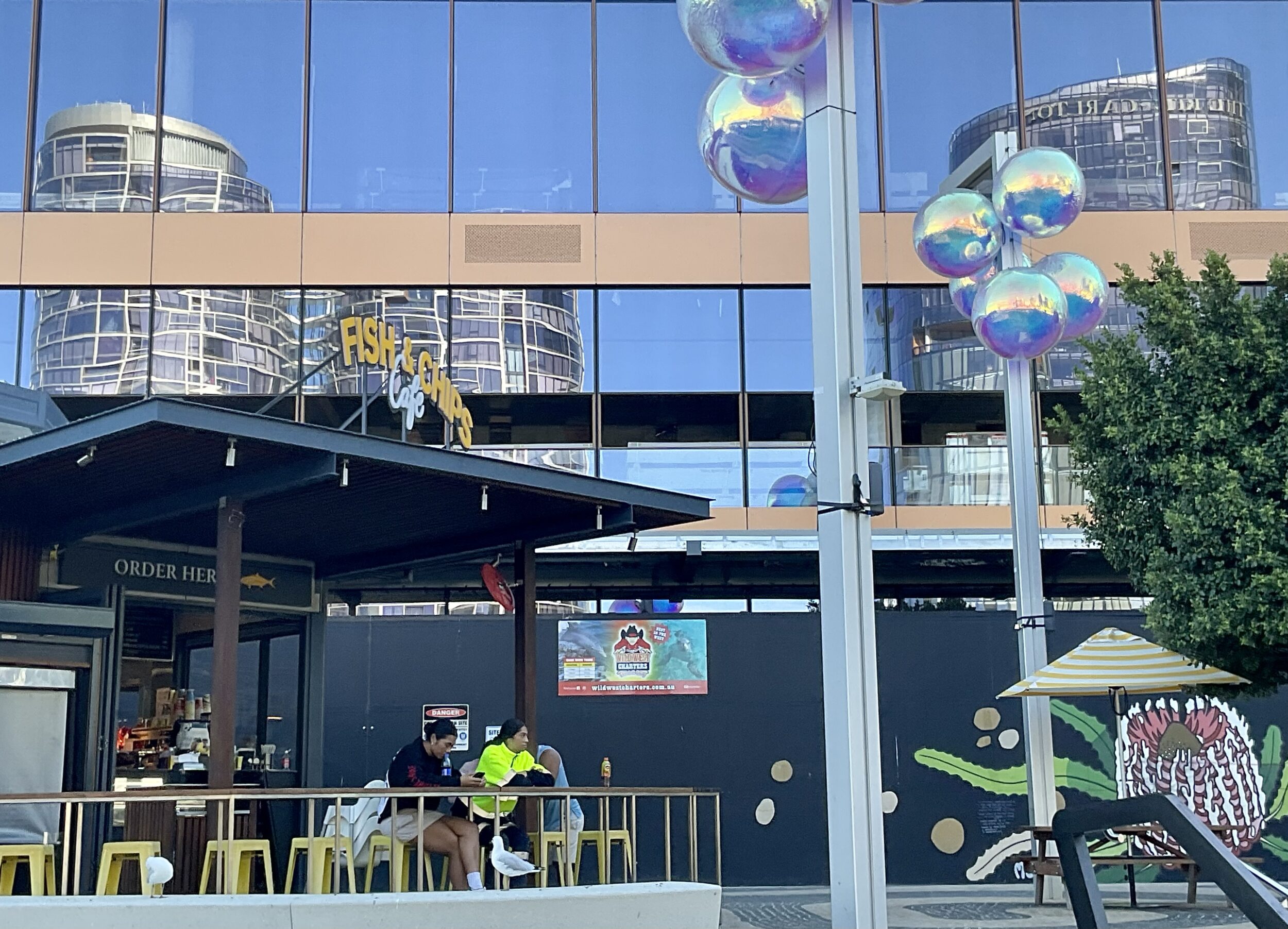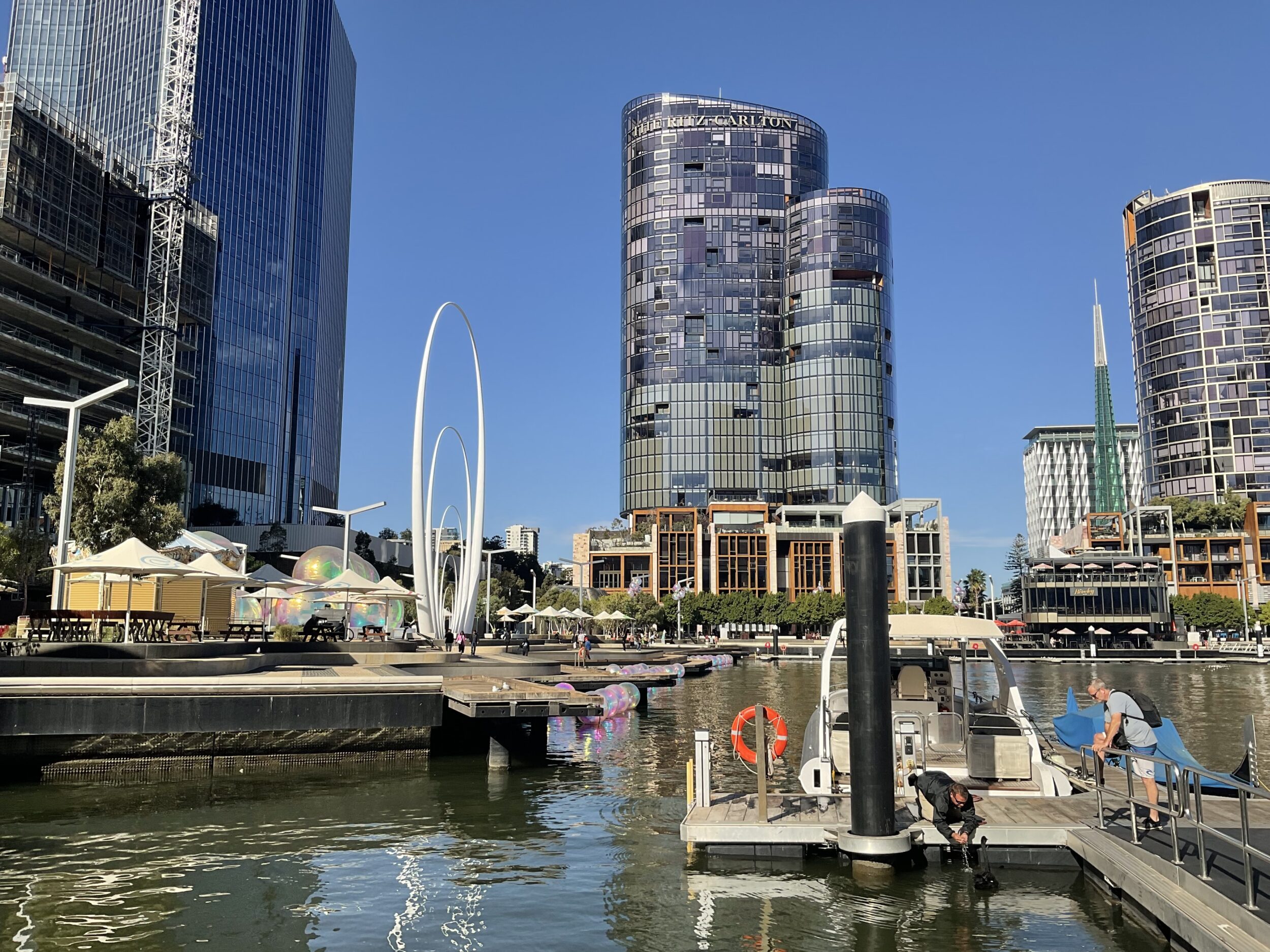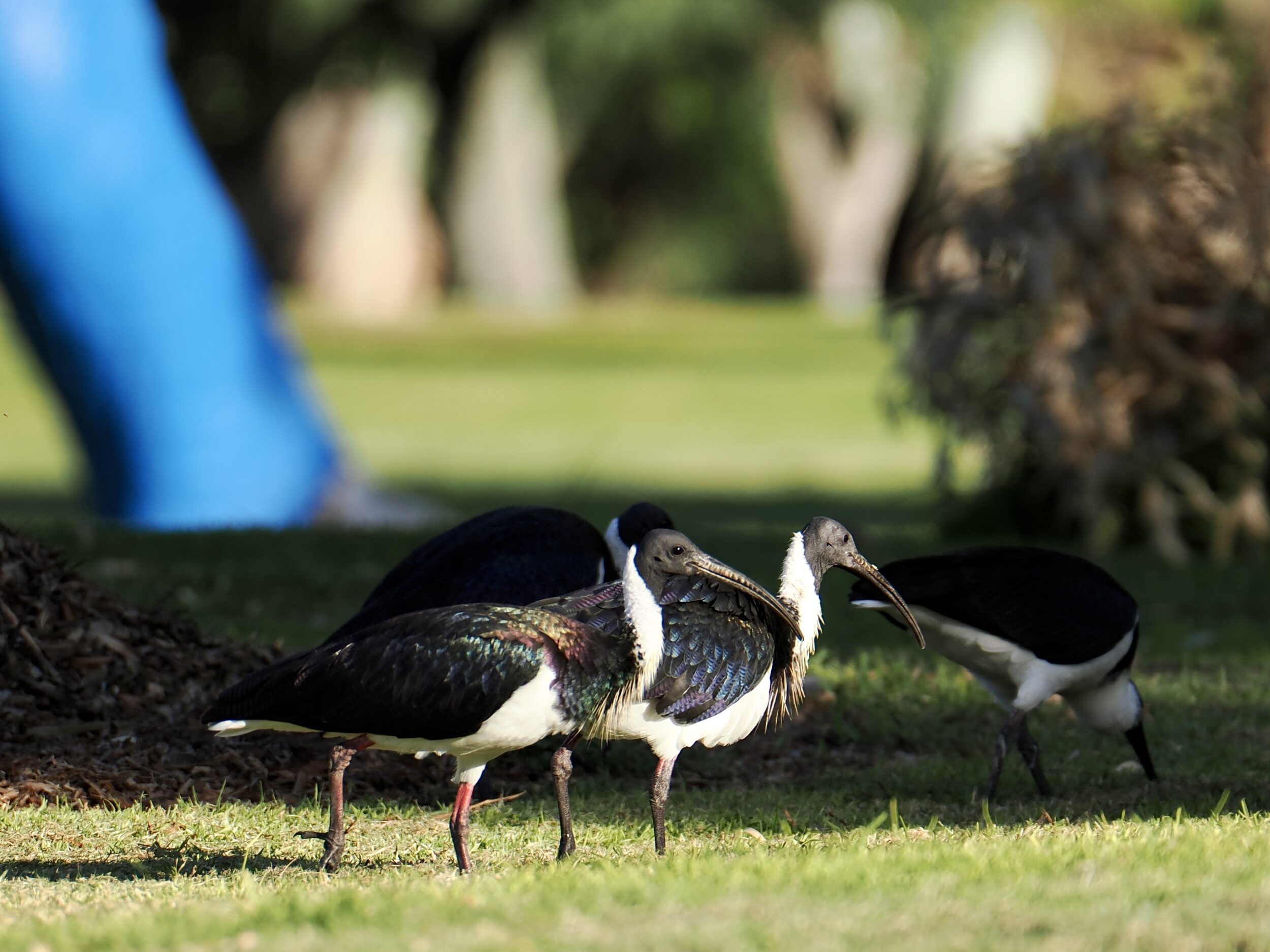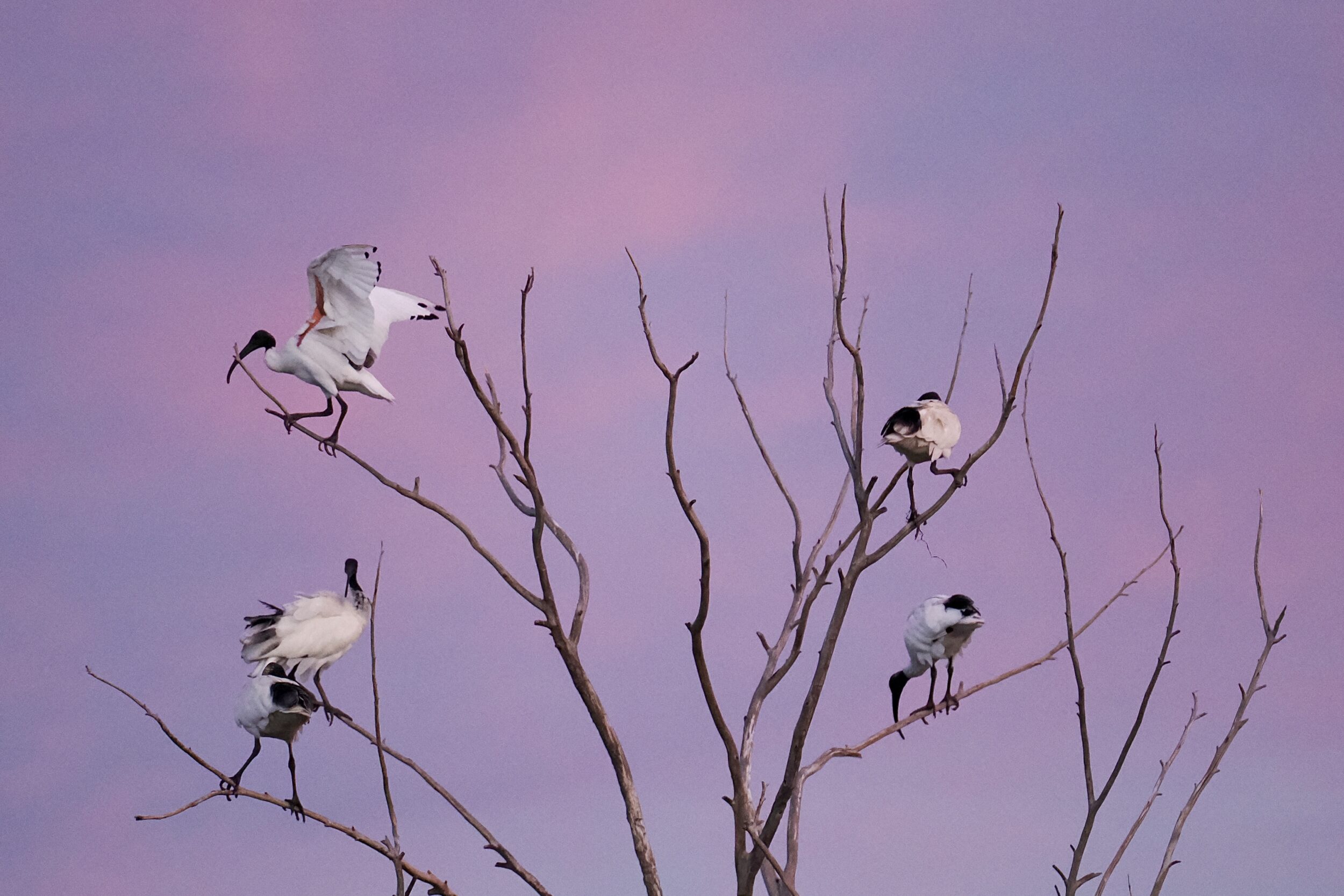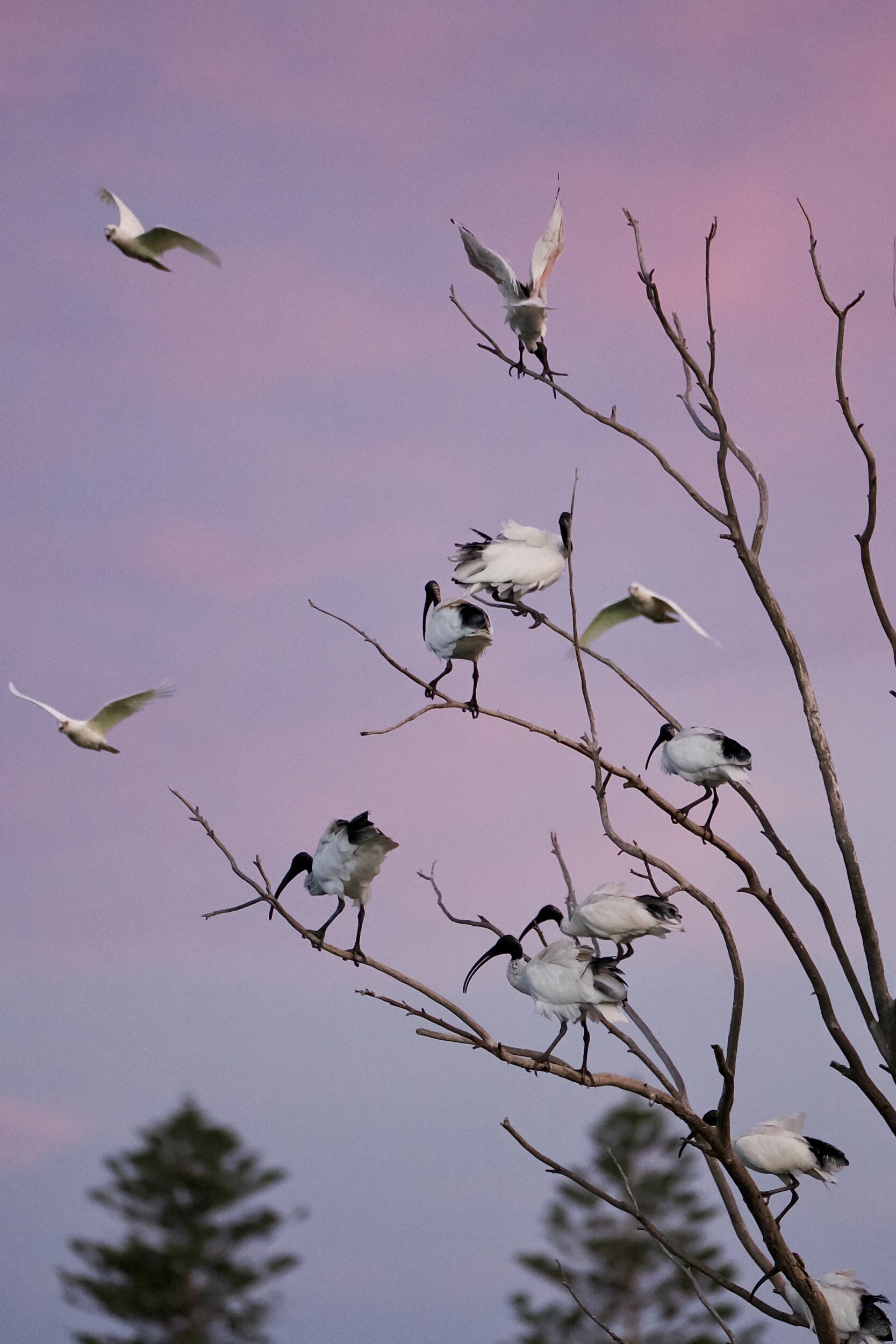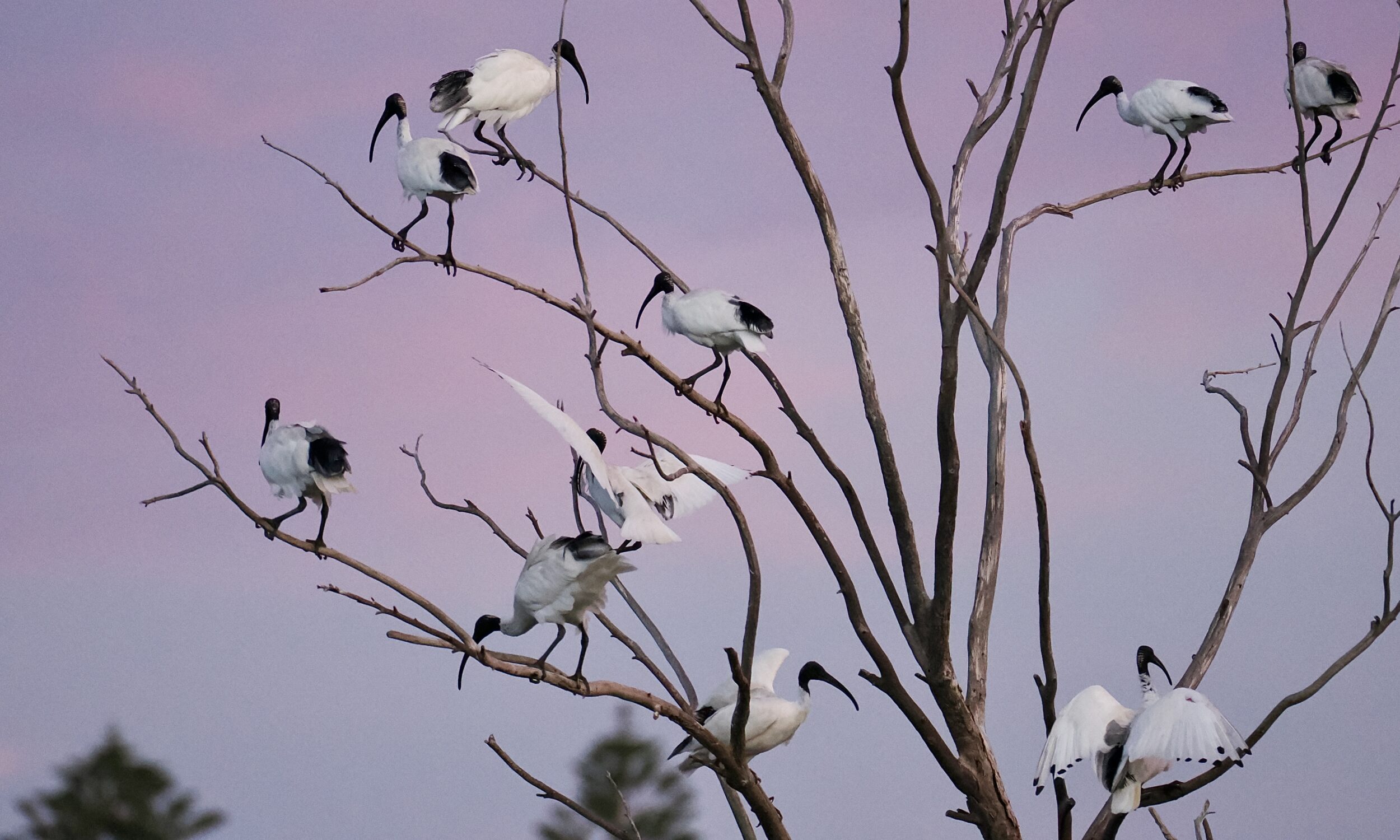Pelican Yoga briefly interrupts its ongoing celebration of autumn 2024 on the Coorong, to celebrate the arrival of spring, in Perth.
Western Australian wildflowers are not fussed about calendars, nor European-derived notions of “the four seasons”.
Four days before the alleged end of winter, in Shenton Bushland it was abundantly evident that spring had already “sprung”.
Kangaroo Paws are now easy to see, as are some (not all, yet) of the “spring-flowering” orchids.
Comments closed